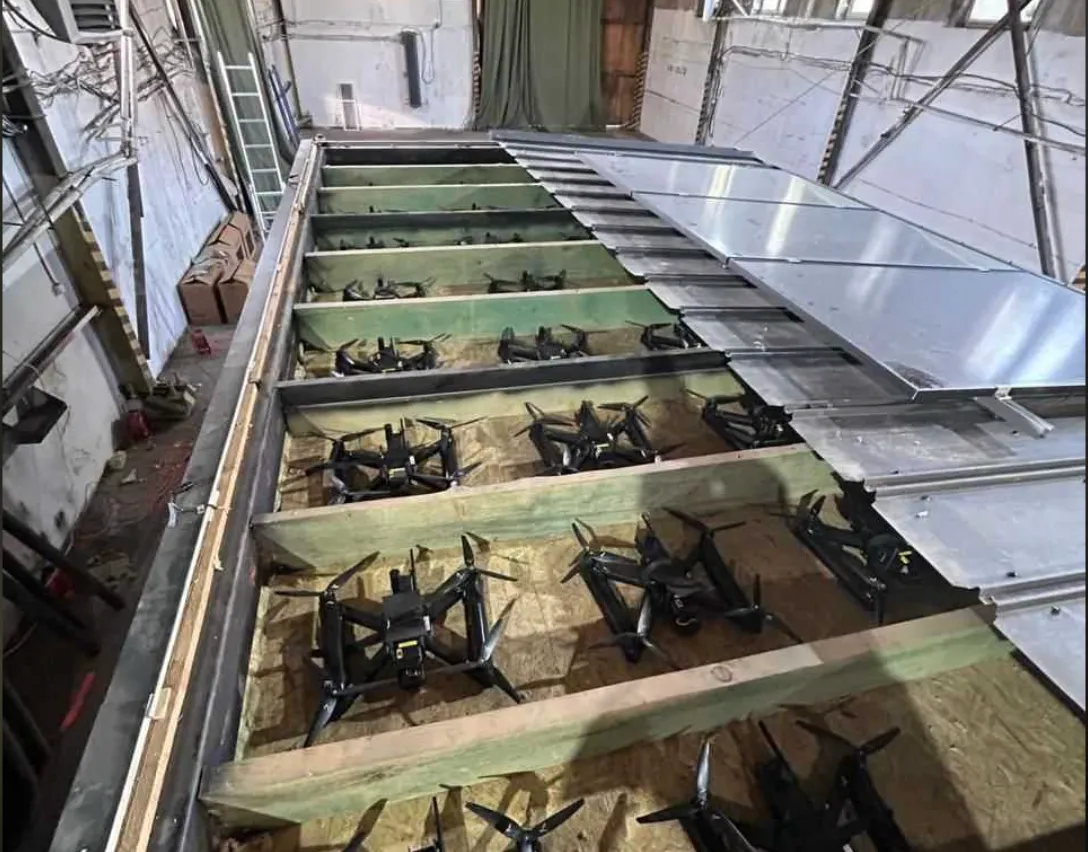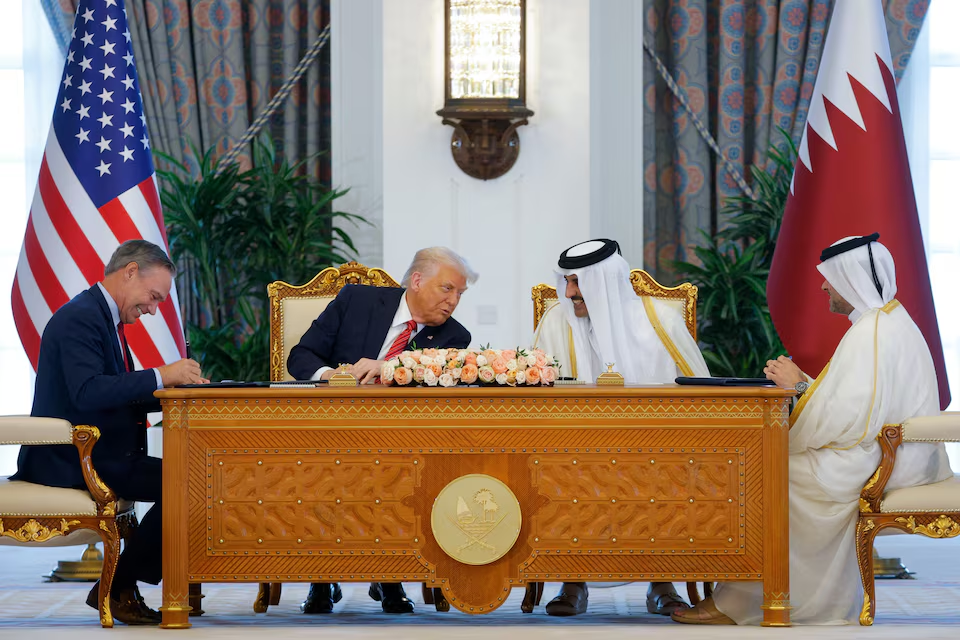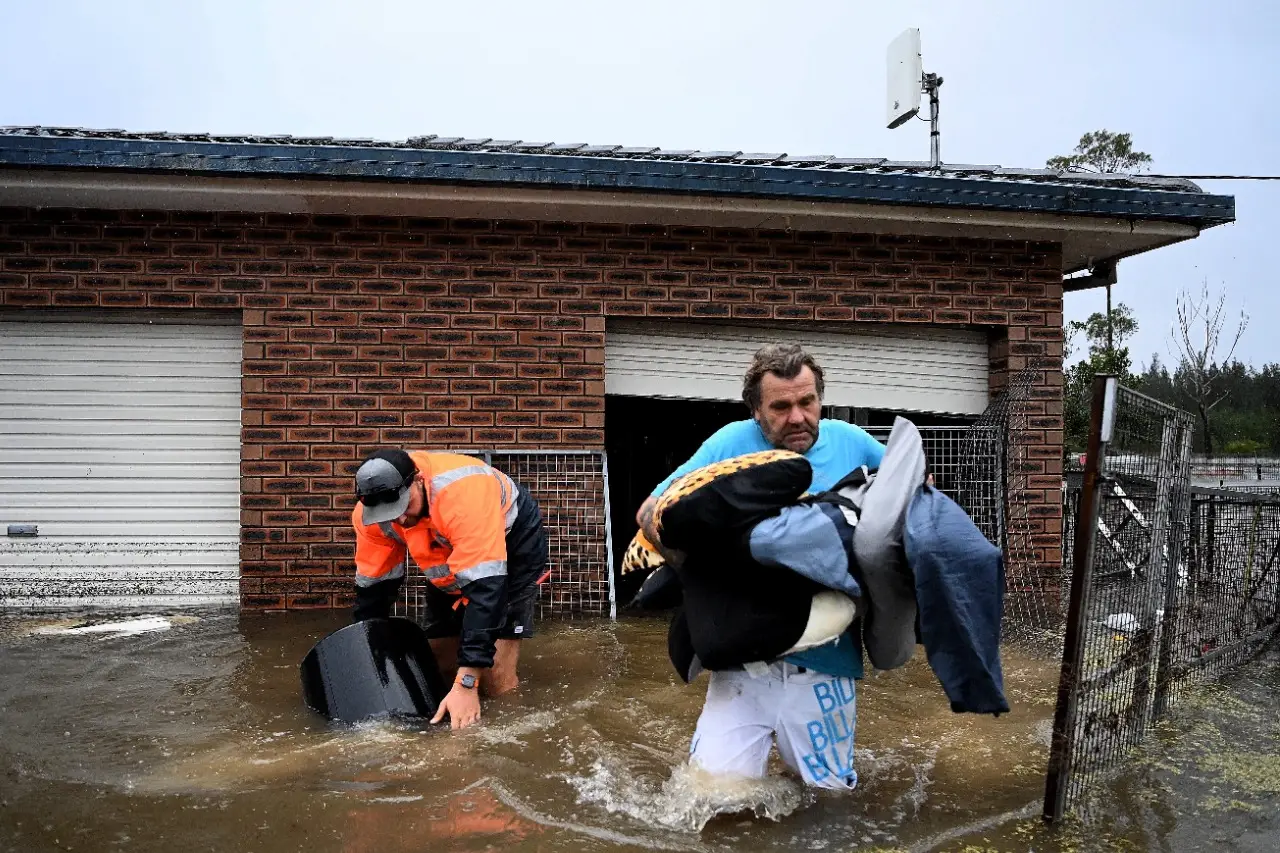Ukraine’s Security Service (SBU) has reportedly carried out one of its most significant drone strikes of the war, damaging or destroying over 40 Russian military aircraft across multiple airbases, according to Ukrainian intelligence officials. The strikes, which targeted key Russian air facilities deep inside enemy territory, represent a dramatic escalation in Ukraine’s long-range capabilities.
The large-scale operation, conducted over recent weeks, was confirmed by a high-ranking source within the SBU and reported by the Kyiv Independent on June 2. Using long-range drones, the agency claims to have hit strategic airfields in several Russian regions, including Voronezh, Saratov, and Ryazan. These facilities housed a range of aircraft types, including Tu-95 and Tu-22M bombers, which Russia has used extensively to conduct missile attacks against Ukraine.
A senior SBU official said the cumulative effect of these operations has resulted in at least 43 Russian aircraft being “destroyed or significantly damaged.” The figure includes bombers, fighters, and logistical aircraft, although an exact breakdown by type was not immediately provided.
“The enemy’s bombers are burning en masse,” the source said, calling the drone attacks a “painful blow” to Russia’s strategic aviation. He added that the strikes were meticulously planned and carried out over a prolonged period, requiring high-precision targeting, long-distance drone navigation, and operational secrecy.
Video and satellite imagery reportedly show multiple aircraft in flames or heavily damaged across the affected airfields, although independent verification is still ongoing. Open-source intelligence analysts have partially corroborated the claims, noting recent images of fire damage and burn marks at Engels and Dyagilevo airbases, among others.
The SBU said the operation was part of Ukraine’s broader strategy to take the war deeper into Russian territory, disrupting Moscow’s ability to launch air strikes from a distance with impunity. The bombers based at the targeted airfields are known to carry Kh-101 and Kh-22 cruise missiles, which have repeatedly struck civilian and energy infrastructure across Ukraine.
This wave of drone strikes highlights Kyiv’s expanding drone production and capabilities. Ukrainian officials have long stated their intent to develop long-range unmanned aerial vehicles (UAVs) capable of striking targets far behind Russian lines. In recent months, Ukraine has conducted drone raids on oil refineries, radar installations, and military facilities in Russia, aiming to stretch Moscow’s defenses and exact strategic costs.
In response to the attacks, Russian authorities have downplayed the damage, with the Defense Ministry in Moscow claiming that “several drones were intercepted” and suggesting minimal impact. However, Russian military bloggers and unofficial sources have expressed alarm over the security breaches, questioning the effectiveness of airbase defenses and suggesting that Moscow underestimated Ukraine’s drone capabilities.
Western intelligence officials have yet to comment publicly on the SBU’s claims, but analysts note the timing of the operation aligns with increased Western support for Ukraine’s ability to strike military targets inside Russia. Recent shifts in policy from the United States and Germany have allowed Ukraine to use Western-supplied weapons more freely in self-defense operations on Russian soil.
Military experts say the reported loss of over 40 aircraft could represent one of the most serious setbacks to Russia’s strategic aviation forces since the beginning of the full-scale invasion in 2022. If verified, it would mark a dramatic expansion of Ukraine’s offensive reach and its ability to degrade Russian logistics and long-range strike capabilities.
As Ukraine braces for a challenging summer with renewed Russian offensives in the Donbas and Kharkiv regions, the success of such drone operations could become a critical component of Kyiv’s asymmetric warfare strategy. The SBU has promised more such strikes to come, saying, “This is just the beginning.”
Source; Kyiv Independent



